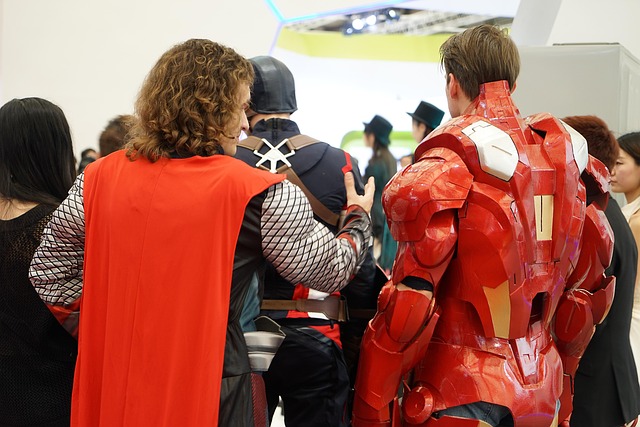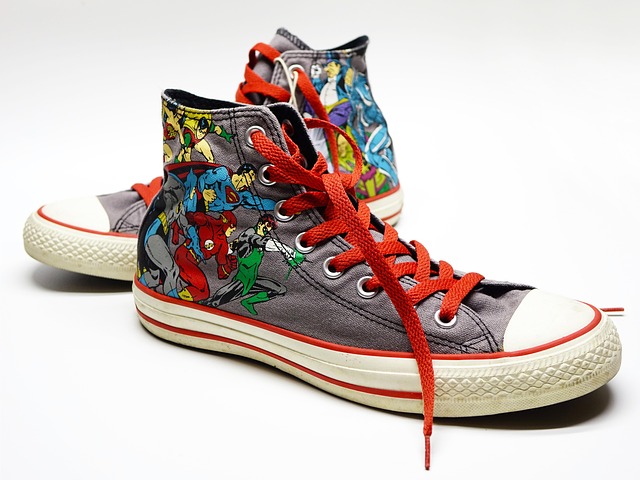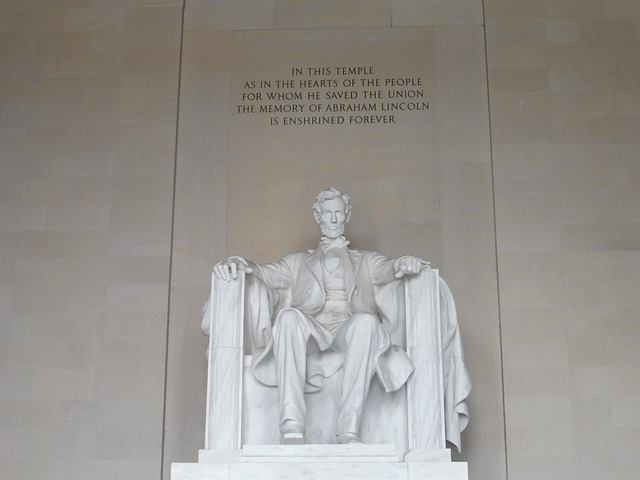The legacy of Thor, the mighty Norse god of thunder, encapsulates more than just the awe-inspiring power associated with storms and strength. Within the tapestry of Norse mythology, Thor represents the duality of nature as well as the moral compass for those who followed the ancient Norse belief systems. His very name evokes feelings of reverence, respect, and a connection to the forces of nature that our ancestors revered.
Thor’s significance in religion extends beyond just his stunning tales of battle against the giants. He is a symbol of protection and resilience, often viewed as the guardian of humanity. People would pray to Thor for blessings on their harvests and protection against the unpredictability of nature. As the god who wielded the enchanted hammer, Mjölnir, he was believed to have the ability to bless marriages, crops, and homes. In this way, Thor was intimately woven into the everyday lives of the Norse people, serving as a reminder of their connection to the divine and the natural world.
In ancient Scandinavian communities, Thor served not only as a figure of immense strength but also as a focal point for religious gatherings and celebrations. Festivals in his honor would unite people in practices that invoked his name, seeking both to appease and to celebrate his formidable attributes. Rituals involving sacrifices and offerings were common, aimed at invoking his favor and securing protection in return. This deeply rooted tradition showcases how Thor could cultivate a sense of community and shared belief.
The imagery surrounding Thor also adds layers to his character in Norse religion. Often depicted with his hammer raised high, ready to defend against the chaos represented by the giants and other foes, he embodies the eternal struggle between order and disorder. The fact that he fought so valiantly for his people signifies an inherent obligation to protect and uphold societal values. This resonates strongly in today’s world, where many still seek symbols of strength and conviction during challenging times.
Modern interpretations of Thor have evolved significantly, particularly with his resurgence in popular culture through comic books and films. However, these adaptations often overlook the profound weight his original portrayal carried within the context of Norse religion. Contemporary audiences gravitate toward the hero with an indomitable spirit, yet it is crucial to remember the rich spiritual heritage embedded in the figure of Thor. Understanding him as a quintessential symbol of strength and protector of humanity allows us to appreciate the ancient values still relevant in today’s society.
The essence of Thor also invites us to reflect inwardly, encouraging us to discover our strengths and identify the ‘gods’ within our own lives. In embracing the values Thor represents—bravery, honor, and resilience—we can find inspiration that transcends the boundaries of time and culture. As we navigate our own storms, both metaphorical and literal, Thor’s legacy reminds us of the power we all possess to wield against adversity.
Ultimately, Thor remains a significant figure not just within the realm of gods, but also within the hearts of those who seek strength and protection in their everyday lives. His enduring legacy invites us to honor not only the ancient values and practices of Norse religion but also our current struggles for empowerment and resilience in facing life’s challenges.




